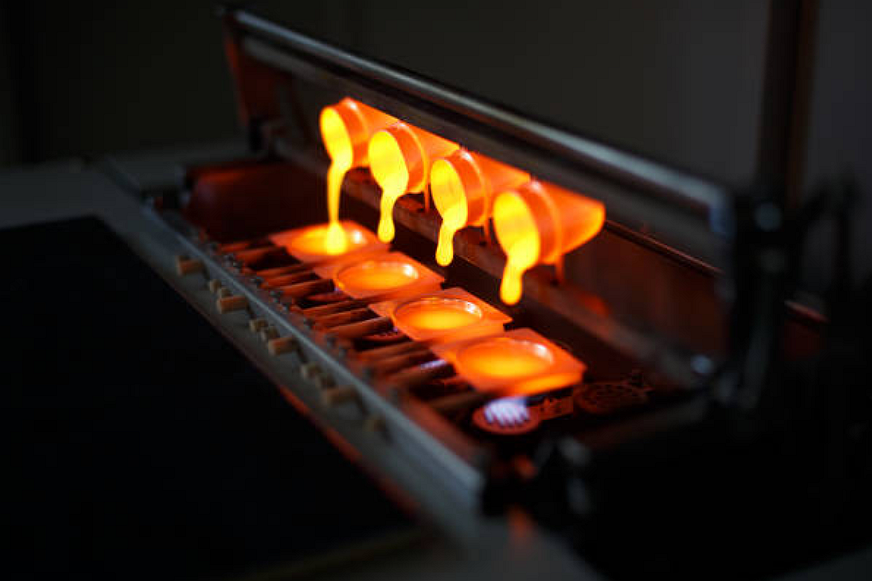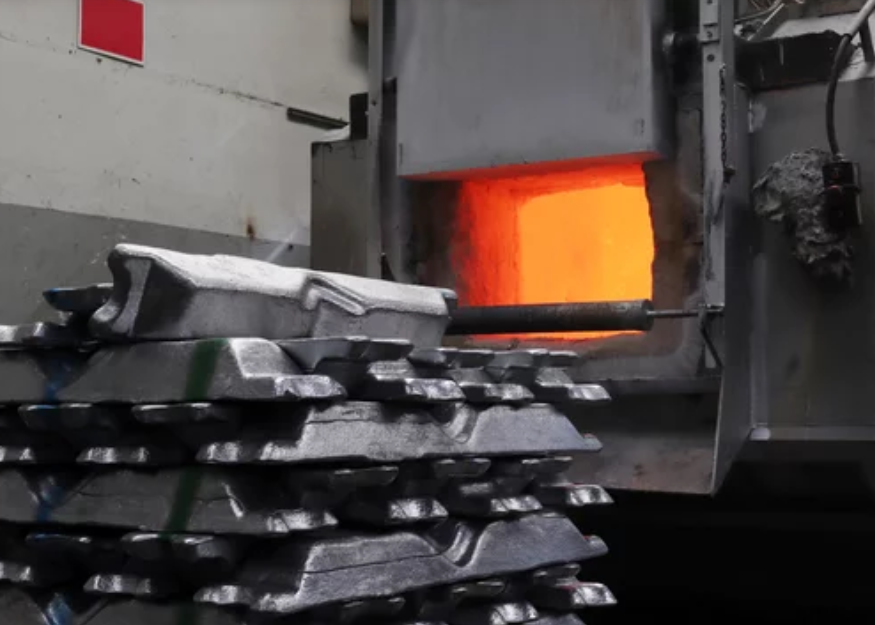How does investment casting compare environmentally to other casting methods?
Introduction
As global industries shift toward greener manufacturing, investment casting emerges as one of the most eco-efficient metal-forming techniques. Compared to sand casting, gravity casting, and die casting, investment casting offers clear environmental advantages, achieving near-net-shape components, minimal waste, and high material recyclability. Neway integrates advanced technologies, sustainable materials, and optimized thermal processes to further reduce the environmental impact of this precision technique.
Reduced Material Waste and Scrap
Investment casting achieves superior dimensional accuracy, often eliminating secondary machining. In contrast, sand and die casting typically require extensive trimming, machining, or reworking. Near-net-shape production ensures that metals, such as cast stainless steel and nickel-based alloys, are utilized efficiently, reducing scrap rates and energy demand associated with remelting excess material.
Moreover, investment casting wax patterns are fully recyclable—unlike single-use sand molds—further minimizing solid waste generation.
Energy Efficiency and Thermal Optimization
The controlled melting and heat treatment stages in investment casting consume less energy compared to the high-pressure systems used in die casting or the prolonged heating cycles of sand casting. Advanced induction furnaces and precise temperature management enable faster melting and uniform solidification, particularly for alloys such as cast titanium or copper alloys. The result is lower energy intensity per finished component.
Cleaner Process and Emission Control
Investment casting relies on clean-burning wax and ceramic materials, which produce minimal volatile organic compound (VOC) emissions. Sand casting, by contrast, often uses binders that release harmful gases, while die casting consumes lubricants and coolants that require careful disposal. When combined with eco-friendly surface finishing methods, such as electropolishing or powder coating, investment casting maintains a lower overall environmental footprint during both production and post-processing.
Recyclability and Circular Manufacturing
Many materials used in investment casting, such as carbon steel, cast aluminum, and zinc alloy, are fully recyclable without compromising performance. Reusing recovered wax and ceramic materials from shell systems further strengthens the circularity of the process. By contrast, sand casting molds are typically discarded after each cycle, increasing landfill waste.
Lightweight Design and Lifecycle Benefits
The precision of investment casting enables thinner walls and optimized geometries that reduce part weight. This design efficiency translates directly into energy savings during operation—particularly valuable in aerospace, automotive, and energy industries. Parts that last longer and consume less fuel contribute to a smaller carbon footprint across their entire lifecycle.
Integration with Additive Manufacturing
By merging 3D printing prototyping with traditional investment casting, manufacturers can produce molds and cores without the environmental costs of conventional tooling. This integration reduces material waste, shortens production cycles, and allows rapid iteration without excess resource use—a key differentiator compared to traditional casting approaches.



